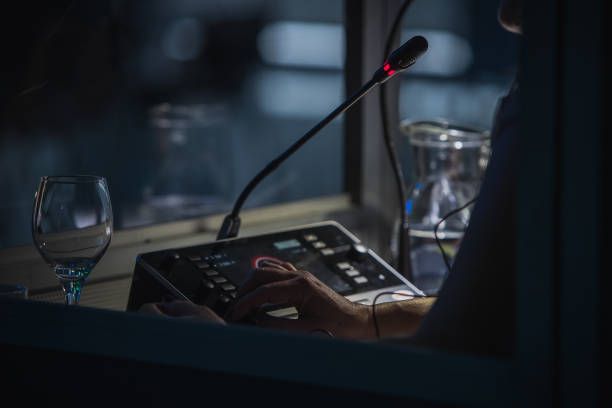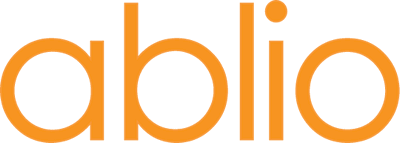Translation At Live Events

Traditional versus RSI Platforms
Live on-site Events where professional simultaneous interpretation is required are now able to choose how this service will be provided.
Put in its simplest terms - a hardware solution and a software solution. Here we will look at both, examine their advantages and disadvantages and also look to see if they are mutually exclusive.
Hardware Solution
For many a long year this has been the most frequently used method of delivery.
Infrared systems use radio infrared (IR) technology to transmit the interpretation feed to on-site attendees, who receive the audio stream via hand-held multi-channel receivers.
The hardware has to be installed prior to the event and needs a team of engineers on set up day. There several dedicated devices, each one of them performing a specific task:
- The control unit that governs the distribution of signals throughout the system, receiving the speakers' audio feed (the “floor”) sending it to the Interpreter Consoles, receiving the translation audio feeds from the interpreters and finally sending them on to the Radiant Panels which are placed in and around the audience.
- The IR Radiant Panels transmit the interpreters' audio streams to the IR Receivers, using a radio frequency in the infrared spectrum of light.
- The IR radio receivers are small portable devices that receive the audio translations. They come with a headset and a selector for delegates to select their chosen language channel.
- The Interpreter Console setup within sound-proofed booths enables the interpreter to listen to the speakers' audio and translate into the target language. Generally speaking there are two interpreters sharing each booth for each translation channel with paired consoles so that they can alternate by passing the microphone to each other, listen to each other and operate in relay mode.
Advantages
- Unlike FM/UHF/VHF radio frequencies no license is required
- Infrared beams don’t pass through walls and other physical barriers and therefore don’t suffer interference from other frequencies with the result that the system provides excellent undisturbed audio quality
Disadvantages
- Radiant panels need accurate placement in front of listeners and can’t be covered with curtains or drapes
- Each panel can only serve a limited number of users
- Sunlight interferes with IR beams and therefore the system can’t be used for outdoor events

Software Solution
The latest and fast emerging solutions providing professional simultaneous interpretation are software applications, called RSI (Remote Simultaneous Interpreting) or VIT (Virtual Interpreting Technology) Platforms. They replicate all of the functions performed by each piece of equipment within an infrared system. Hardware replaced by a specific module within the software.
- The Media Server replicates the IR Control Unit and is managed through the event master dashboard It receives the speakers' audio (the “floor”) and sends it to the Interpreter Consoles. It receives the translation audios from the interpreters and sends them to the attendees via the Internet.
- The Interpreter Dashboard, replicates the interpreter console enabling them to receive the speakers' audio/video and translate into the target language. All of the functions within a console, take and pass, relay, mute button etc are available on the Dashboard.
- The attendees listen to the translation channels through mobile apps or web apps on their smartphones or computers rather than a radio receiver and headsets.
Advantages
- No dedicated hardware to be installed. Simple laptops for interpreters and platform operators dashboard and smart phones for the listeners
- No headset receivers distribution/recollection to the listeners
- Consequent reduction in cost
- Can be used in live, virtual or hybrid events
- Interpreters can operate remotely
Disadvantages
- Being dependent on the Internet, the bandwidth available at the value needs to have the power to support the expected number of listeners, unless you are using an RSI platform like Ablioconference, which has built-in capabilities to manage its own Wi-Fi network, supporting event thousands of concurrent listeners.
Are the two systems mutually exclusive?
The two can be used together, using interfaces like the Ablio AWB Wi-Fi Broadcaster, Dante or NDI protocols, benefiting each other’s features:
- Have the interpreters operating by the RSI software platform and feed their translation audio streams into the hardware system: save on the costs associated with having the interpreters on-site or there is no space for their booths in the venue.
- On-site attendees are able to listen to the translation through the headsets receivers of the hardware system but also through the mobile apps of the RSI platform: good when there are fewer headsets than people needing translation.
- At hybrid events, with listeners in other locations around the globe.
For more information about Simultaneous Translation see our Complete Guide:
https://blog.ablio.com/the-complete-guide-to-simultaneous-interpretation/

